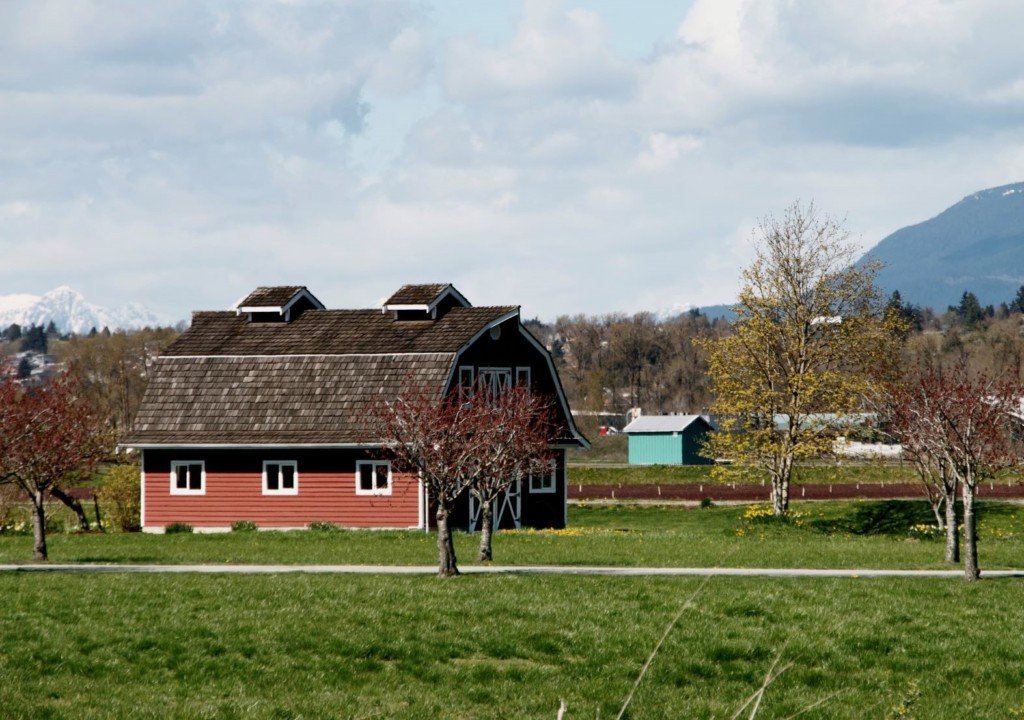
By promoting interest in farming and rewarding those that do, we can encourage the growth of biodiversity in produce, which gains us more control over what we eat.
Are we really in control of what we eat?
By Morgan Hannah, Contributor
We like to be in control of our lives; we like to choose where we live, where we work, what groups we identify with, and what we eat. The problem is we aren’t really in control of what we eat, not in the larger picture anyhow.
Between only some of the food options being available worldwide despite our vast transportation systems, to the fact that the preparation and ingredients in our food aren’t exactly what we think they are, our control over what we eat is dependent on manufacturers, farmers, and grow-ops. With costs rising all across North America, family-run farms are being swapped out for factory farms and the few that stick around are growing the only things that make them money: soy and corn to sell to big corporate buyers as feed for livestock. Talk about a lack of control! Not only is this destroying rural communities and causing food biodiversity to decline, but it is making it harder to find foods that haven’t been modified in some way or another. Besides, it’s even more difficult to continue to farm-fresh foods without a backup income.
Today, less than two percent of Americans live on farms with a similar amount living on Canadian farms (according to Statistics Canada). The populations of North America continue to migrate from rural areas to towns and suburbs and are becoming increasingly more disconnected from the agricultural practices that sustain us, making it easier to be uninformed about what we eat and what we grow.
Have you ever stopped to consider what it is you’re really getting when you sit down to eat? Would it bother you to find out that your food may not be what it seems? Of course, when thinking of processed foods it’s easy to understand additives such as salt, sugars, and fat, but even when we choose to make healthier food choices, such as meat, fish, vegetables and fruits, because of demand, agricultural changes, rising costs, and hidden agendas, those healthier options often have additives!
The way we house and raise livestock and fish leads to cramped conditions and disease, which prompts the use of massive amounts of antibiotics and hormones. Conversely, the way we grow fruits and veggies to optimize the quantity and quality prompts the use of pesticides and chemicals. It can be very difficult to know what’s safe and healthy to consume without more control over what we eat.
One solution is to collectively change our behaviour towards food e.g., meatless Mondays or reduced portion sizes. Every ten seconds humans kill roughly 24,000 animals for food; that adds up to 75 billion (75,000,000,000) each year. While the global human population has more than doubled in the last 50 years, the amount of meat produced has more than quadrupled—this from ourworldindata.org. As a result, the land and water available for meat production are diminishing while the demand for meat and the greenhouse gases produced is increasing! If North Americans can commit to one or two days per week of not consuming meat or cutting back from a 12oz to a 6oz steak, we can globally cut back the demand. This might change the food market and in turn, change the way we produce meat.
Another solution is to promote backyard gardens, farms, and homesteading. According to The Boston Globe, to feed a family of four on a home-grown diet of vegetables, 1.76 acres of land is all you would need. That produces 2,300 calories per person per day, which is more than enough for most people. With the addition of meat, dairy, and grains, a well-thought-out two acres would be enough. There’s a lot of mixed media on backyard farming, but with work, education, and dedication, it is possible for swaths of the global population to each have an acre or two per family and it will solve the issue of control over what we eat.
By promoting interest in farming and rewarding those that do, we can encourage the growth of biodiversity in produce, which gains us more control over what we eat. For example, most farmers grow yellow corn, if we have a disease that affects yellow corn we may see a significant change in our diets, and not by choice. We should promote diversity in our food and grow red, blue, or one of the many other varieties of corn that we no longer see on our grocery shelves as a result of focusing our farming efforts on limited, inexpensive crops. There was no reason for us to limit what we grow!
By making personal changes to what we eat, how we source our food, and what brands we buy, as well as taking charge and producing our own goods as often as possible, we can influence the market and impact how we produce and grow our food and take back control over what we consume.
